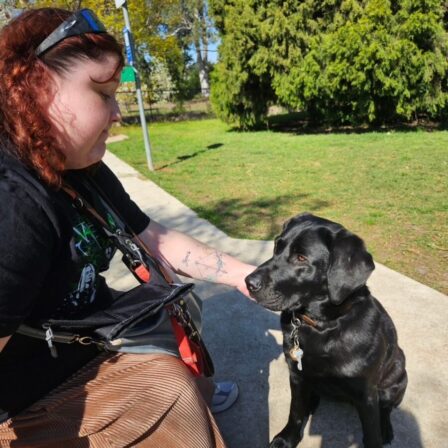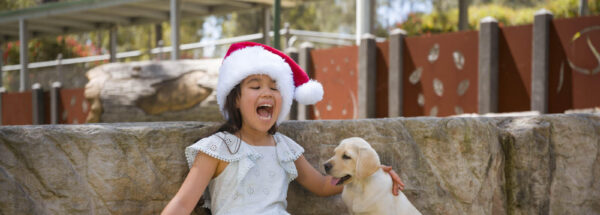News
How to chase your big, hairy, audacious goals
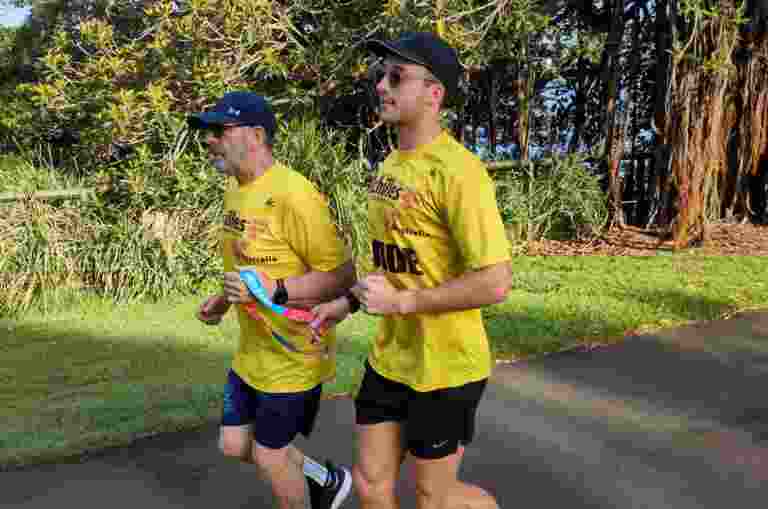
Motivation can be a fickle thing – one day you have it and the next you don’t. For 68-year-old Guide Dogs Client Sam Star, the idea of motivation is not as simple as having a goal in mind and working hard, his process is far more nuanced. You might think skiing for the first time in 15 years with low vision would be the peak of his ambition, but Sam is not one to rest on his laurels, he has yet another big, hairy, audacious goal or BHAG in his sights, and that’s to be marathon-ready by the time he’s 70. But how does he plan on getting there?
Start with Why?
Before Sam even begins thinking about tackling any kind of fitness goal, his first question to himself is “Why?” As he says, it’s more important to consider how you want to feel rather than any positive outcome. “Emotions are a much stronger driver than any tangible outcome. As the saying goes, ‘People will forget what you said, people will forget what you did, but people will never forget how you made them feel’. And it’s the same for ourselves,” says Sam. As far as running is concerned, Sam says it has a great positive effect on his mental health because he enjoys a release of dopamine, otherwise known as the ‘Runner’s high’.
Sam also considers his physical preparation, which he sought the help of an Occupational Therapist with last year when he decided to attempt skiing again. There’s more to just being physically prepared, however, Sam says the key is to have a plan in place. “If you just say I want to get fit, well, that doesn’t mean anything. What does that look like? What does it feel like? How do you want to be? It doesn’t need to be a detailed plan, but it just needs some sort of clarity,” he says.
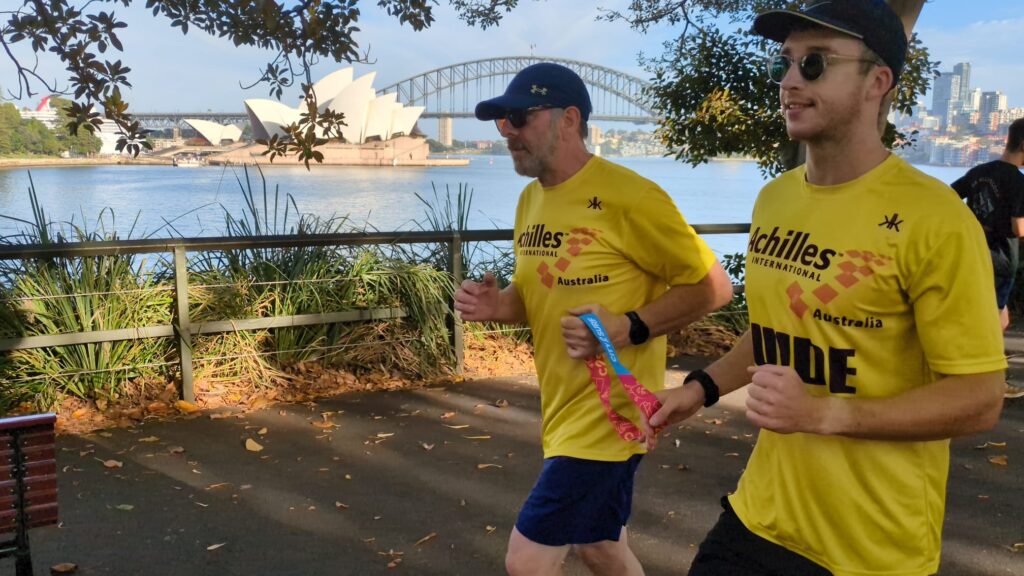
Photo: Sam runs along Sydney Harbour with an Achilles International Guide. Icons the Sydney Opera House and Sydney Harbour Bridge can be seen in the background. They are both wearing yellow t-shirts with the Achilles International logo on it. They are also both wearing dark-coloured caps, sunglasses, black watches and holding onto a blue and red tether.
As part of Sam’s mental preparation, he begins each day with writing in his gratitude journal. “Just a few lines about the things I’m grateful for that helps me set up my day.” He then follows this with guided meditation using an app such as Calm, which he says is helpful with his breathing and overall relaxation. He places a lot of importance on using guided meditation “Because if you’re not disciplined, the monkey mind takes over and it’s too hard to do,” he says. You can’t fault his logic either, his daily meditation streak currently sits at 1,312 and counting – that’s almost four years!
To complement his mental and physical preparation, Sam also performs guided yoga each day using the app Daily Yoga and has also run hundreds of kilometers on his treadmill (and continues to do so) – both of which have helped him tremendously.
Achilles International
With all that being said, there’s only so much preparation you can do before you must meet the challenge head on. And that is precisely where an organisation like Achilles International comes into play. Achilles is a global organisation that empowers people with disabilities to participate in athletic events such as running. They have chapters across Australia including Sydney, Canberra, Brisbane, Melbourne and Perth. The Sydney chapter is where Sam was introduced to Achilles’ guided running, whereby a sighted volunteer holds on to the runner with a tether and either runs or jogs at their pace with a ‘pilot’ in the front to ensure you don’t run into someone in your path. “Their goal is simply to guide you. So, if they see an obstacle, like a crack or a mound, they say step up. And then when we’re going to turn, they say we’re turning right in ten, nine, eight meters and they pace that with the steps. It doesn’t affect your running at all,” says Sam.
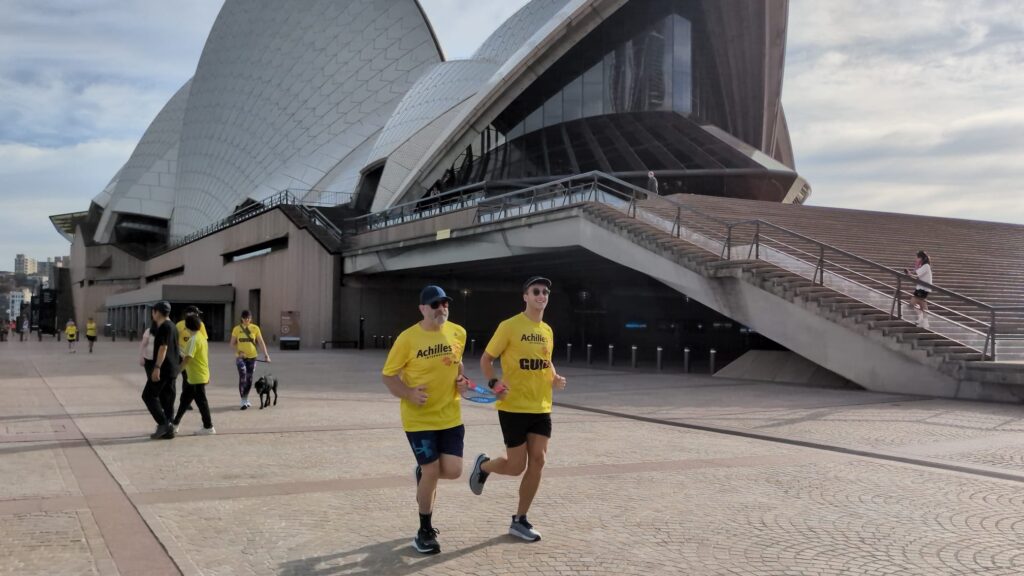
Photo: Sam and his Achilles International Guide run together next to the Sydney Opera House.
Sam admits there were a lot of parallels between skiing again for the first time and his first outdoor run with Achilles – the fear of the unknown mixed with the excitement of a new adventure. “I thought these guys know what they’re doing, they’re all trained, same as the skiing adaptability instructor that I had. And so, the thing I had to do quickly was just feel comfortable,” he says. However, Sam also advises to have a little caution when entering a new environment, and to question whether you trust in it or not, stressing the importance of speaking to someone who’s familiar with the environment to help alleviate any concerns you might have. “It’s important to talk to somebody and to have a strategy because you need to have expectations managed,” Sam explains.
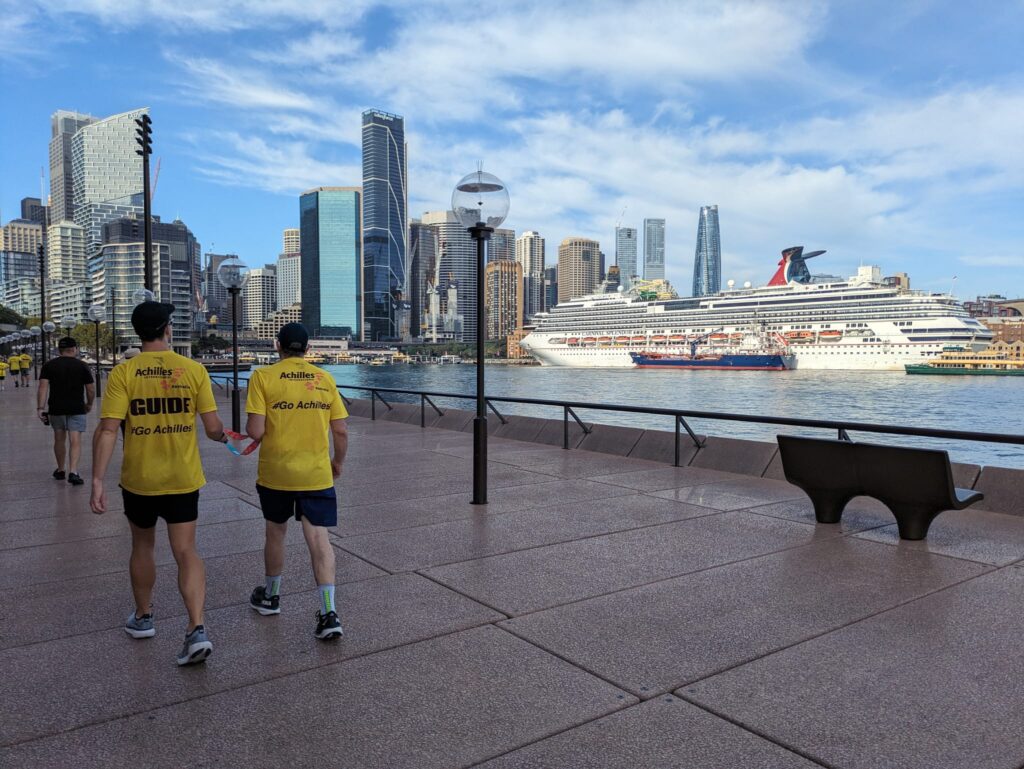
Photo: A rear view of Sam and his Achilles International Guide walking along Circular Quay. The Sydney CBD skyline can be seen directly in front of them. To the right, across the harbour, there is a large cruise ship sitting at dock.
Sam has since fallen in love with Achilles and its great community of other low vision and blind runners and volunteers, describing the sense of freedom and exhilaration he feels from running outdoors again, which has been a boon for both his physical and mental wellbeing. He now joins the Achilles team and its fellow members for regular Sunday runs and is improving all the time.
Inspiration meets realism
Sam now feels more inspired than ever to complete his BHAG of becoming marathon-ready by age 70 with several shorter-distance races now in his sights including City2Surf, where he’ll be supported by the Achilles team. Sam also continues to derive inspiration from other sources including a book called ‘The Power of Possibility: A Journey of Inspiration and Courage’ by Alexandra André as well as ‘Start with Why: How Great Leaders Inspire Everyone to Take Action’ by Simon Sinek.
Rather than overload himself with positivity, though, Sam cautions all people to strike the right balance between positivity and realism. “If you don’t, you can set yourself up for failure because your expectations can be too high. They can be too positive. You always need a blend of realism to balance that positivity,” he says. As a person with a disability, Sam realises he has certain vulnerabilities he needs to be mindful of but also doesn’t allow these to get in the way of his big hairy audacious goals for himself, which he will always continue to chase.



